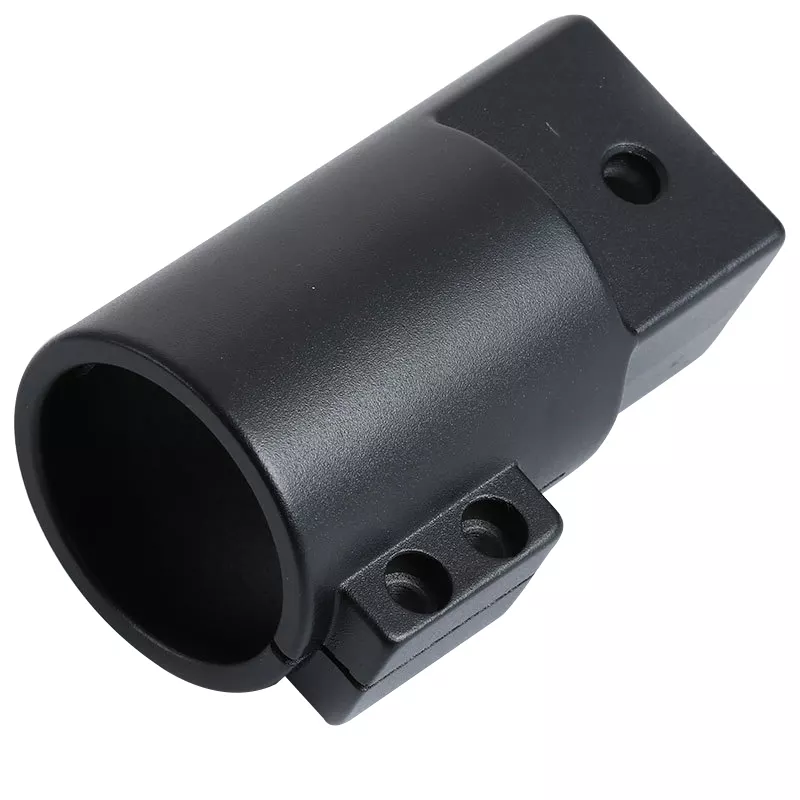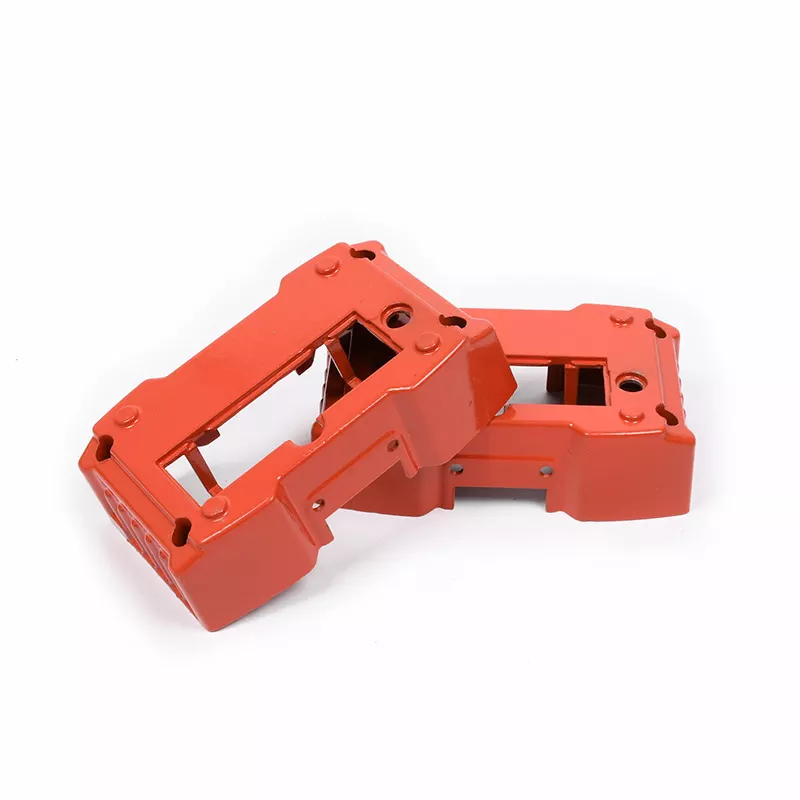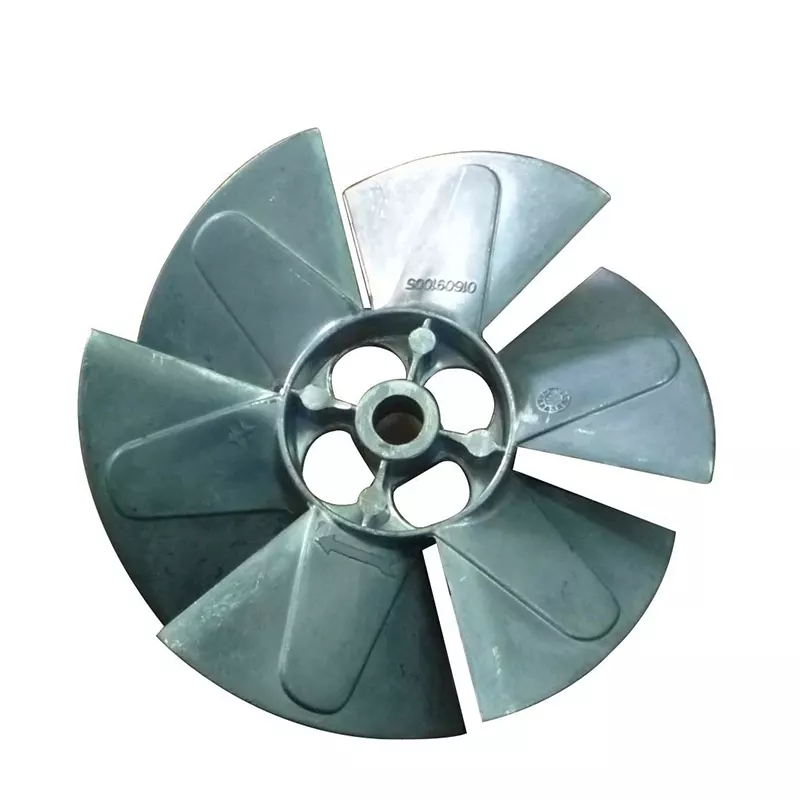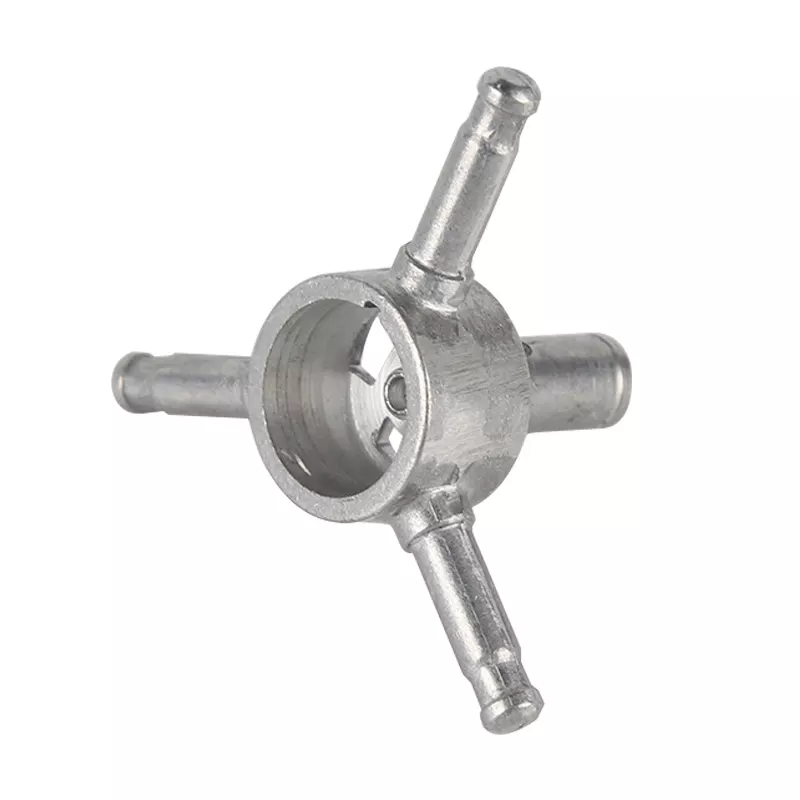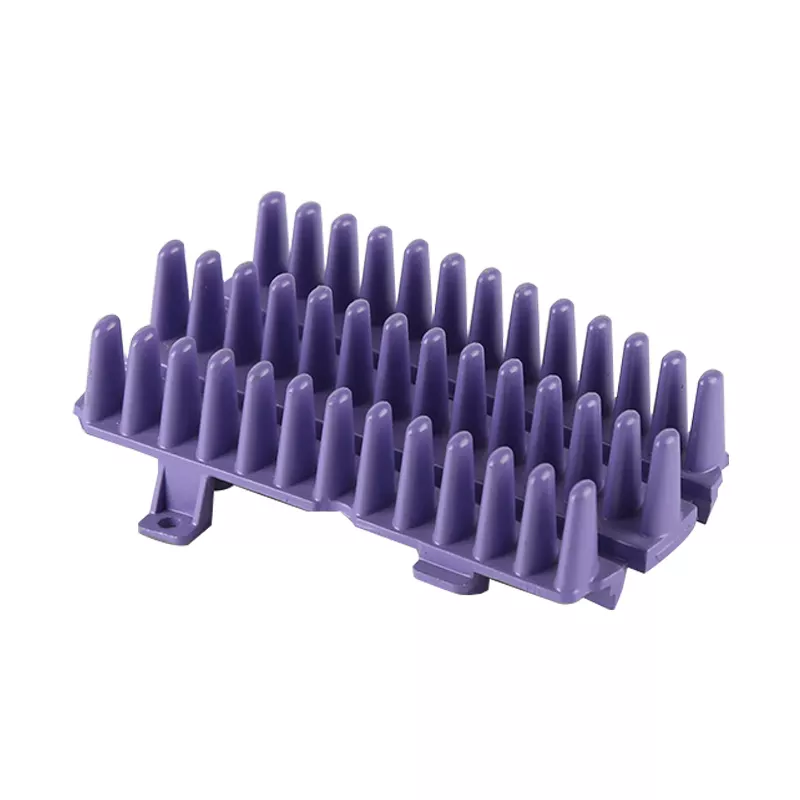
H13 steel is currently the most widely used hot work die steel. Due to its high high temperature strength and hardness, it has good toughness, thermal fatigue performance and certain wear resistance under medium temperature conditions, and it can resist corrosion of molten metal. , Often used to make die-casting molds.
During use, the die-casting mold has to withstand the impact and compression stress of high-temperature molten metal, and also withstand the tensile stress generated by the compression of the die-casting metal during demolding. The stress situation is more complicated, and the process of use is often due to thermal cracks and overall Failure due to brittle fracture, corrosion or erosion.
There are many factors that cause die-casting die failure. It is difficult to correctly determine the cause of the failure. In addition, the quality of H13 steel produced by domestic manufacturers is uneven and the heat treatment process is not reasonable. This brings a great deal to the failure analysis of die-casting die. difficult.
A metallurgical plant used aluminum alloy die-casting molds made of H13 steel, and only trial-produced more than 100 products. The mold was broken in whole after the use time was less than one day, which caused certain economic losses to the plant. In order to find the reason for the failure of the H13 steel die-casting die, the author carried out Failure analysis.
Organizational Defects
There are obvious band segregation defects in the annealed structure of die blank steel. Band segregation is a kind of chemical composition segregation. When the steel ingot is forged and rolled, the dendritic segregation formed during the solidification process is rolled and elongated to form a segregation zone. During annealing, the carbide precipitates along the segregation zone to form a band with different degrees of density. Segregation. Band segregation is the simplest and most important indicator to measure the degree of segregation of H13 steel. It can reflect the segregation of alloying elements and dendrites in the steel ingot structure and whether the hot working process is appropriate. It has a significant impact on the transverse impact toughness of the steel. Therefore, the NADCA#2007-2003 standard clearly stipulates the acceptable level of the annealed structure and band segregation of H13 steel. Band segregation has a great influence on the structure and properties after quenching. After quenching, the low-carbon martensite structure is formed in the carbon-poor zone, and the high-carbon cryptone martensite structure is formed in the carbon-rich zone, which is finally inherited. Tempered state. The band segregation of the failed die steel is serious and the structure is very uneven, which seriously affects the transverse toughness of the die.
Non-metallic inclusions and liquefied carbides in the segregation zone. Studies have pointed out that the reheating and diffusion of the ingot can reduce the element segregation, but for H13 steel, the segregation is difficult to completely eliminate, and once it appears in the segregation zone A large number of non-metallic inclusions and liquefied carbides will further reduce the transverse impact toughness of the steel. This is also an important basis for distinguishing whether the band segregation level is qualified or not in NADCA#2007-2003. According to the test results, the purity of the die steel is low, and the segregation zone contains a large number of non-metallic inclusions. Among them, the DS Al 2 O 3 large particle inclusions have reached the level of 2.0, which seriously damages the continuity of the matrix. , Under the action of external force, cracks are easily formed. The strength of steel decreases with the increase in the number of inclusions, and the larger the size of the inclusions, the greater the impact on toughness. The liquefied carbides are coarse and continuous blocks in the H13 steel ingot, which are broken after forging and distributed in chains along the forging direction. The conventional heat treatment process has basically no effect on the distribution and morphology of the liquefied carbides. Therefore, the chain-like distribution of the liquefied carbides can still be seen in the belt-shaped area of the tempered structure. Similar to inclusions, liquefied carbides can increase the brittleness of steel due to their own fracture or separation from the interface of the matrix. In addition, local sharp-angled chain-like carbides can easily cause stress concentration and microcracks. The concentrated distribution of non-metallic inclusions and liquefied carbides, on the one hand, seriously affects the transverse toughness of steel, and on the other hand, it is easy to form crack sources during use.
Mold hardness is too high
It can be seen from the hardness test results that the hardness of the failed mold is higher than the recommended hardness range of NADCA#2007-2003, and the distribution is uneven. According to the quenching and tempering curve of H13 steel, it can be seen that excessively high quenching temperature or low tempering temperature may cause the hardness of H13 steel to be higher, and insufficient tempering may cause uneven hardness distribution of the mold. The mold may have high hardness after quenching and tempering due to improper operation or furnace temperature control during the heat treatment process, which further affects the impact toughness of the mold, and finally makes the microstructure in an unstable state and excessive residual internal stress. Large, easy to crack when external force acts, causing early failure of the mold.
Failure process
During use, the die-casting mold has to withstand the impact and compressive stress of high-temperature molten metal, as well as the tensile stress generated by the compression of the die-cast metal during demolding, and the service environment is relatively harsh. It can be seen from the test results that a large number of inclusions and liquefied carbides are concentrated near the crack source on the surface. There are differences in the elasticity, plasticity, and thermal expansion coefficient of inclusions and liquefied carbides from the matrix. When thermal stress and mechanical force are repeatedly applied, stress concentration is easily formed around the inclusions and liquefied carbides, and microcracks eventually occur. Due to the low toughness of the die steel, when the microcracks are formed, the die does not have enough toughness to prevent crack propagation. When the stress exceeds its fracture strength, it is easy to cause cracks to penetrate the die, causing the die to crack and be scrapped. From this, it can be judged that the non-metallic inclusions and liquid-deposited carbides in the die steel caused early micro-cracks on the die surface, and the extremely low toughness of the die steel caused the cracks to propagate rapidly, which is an important cause of die cracking.
Improvement measures
According to the above analysis, for H13 steel and its heat treatment process, The following improvements have been made:




